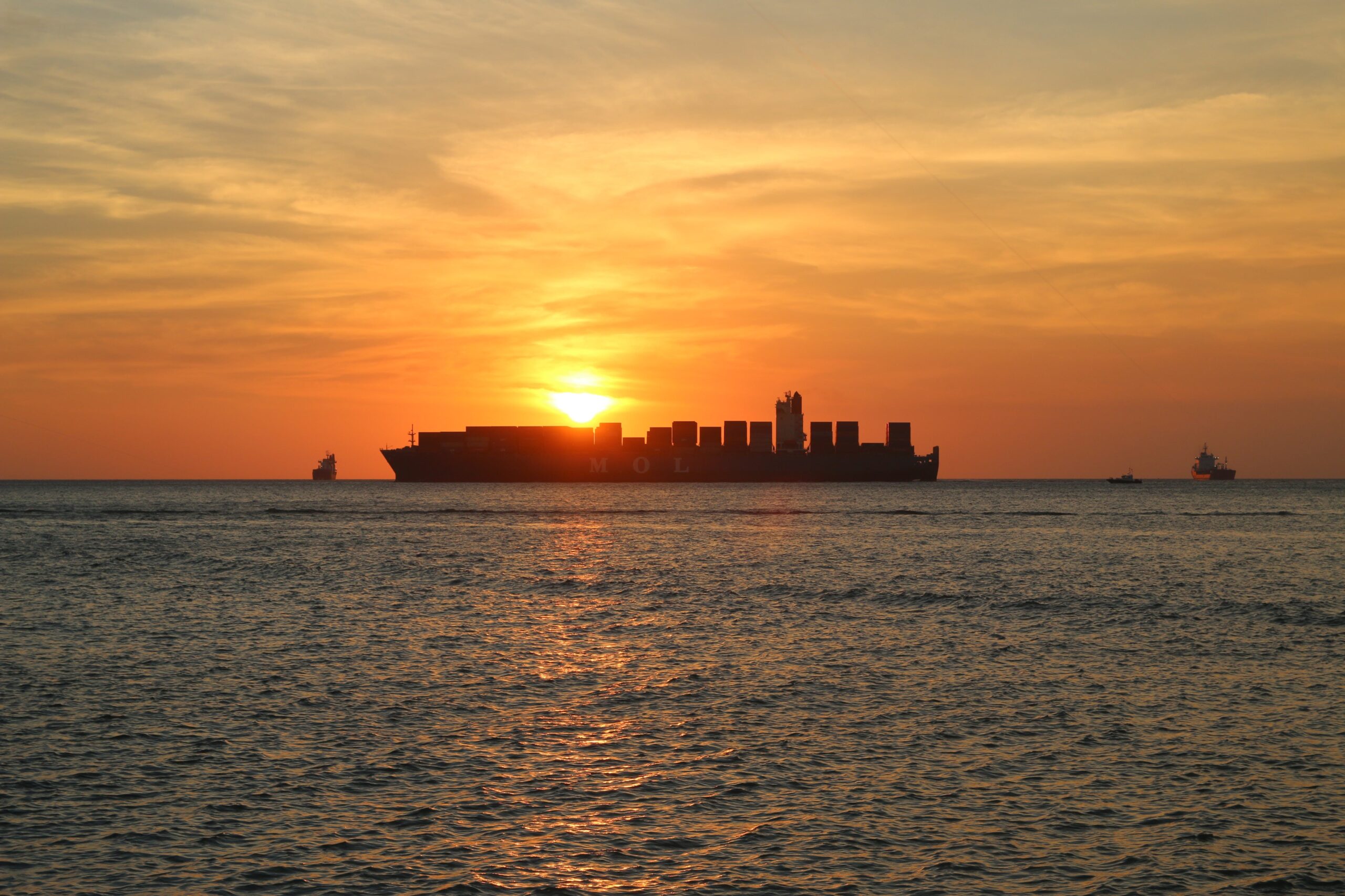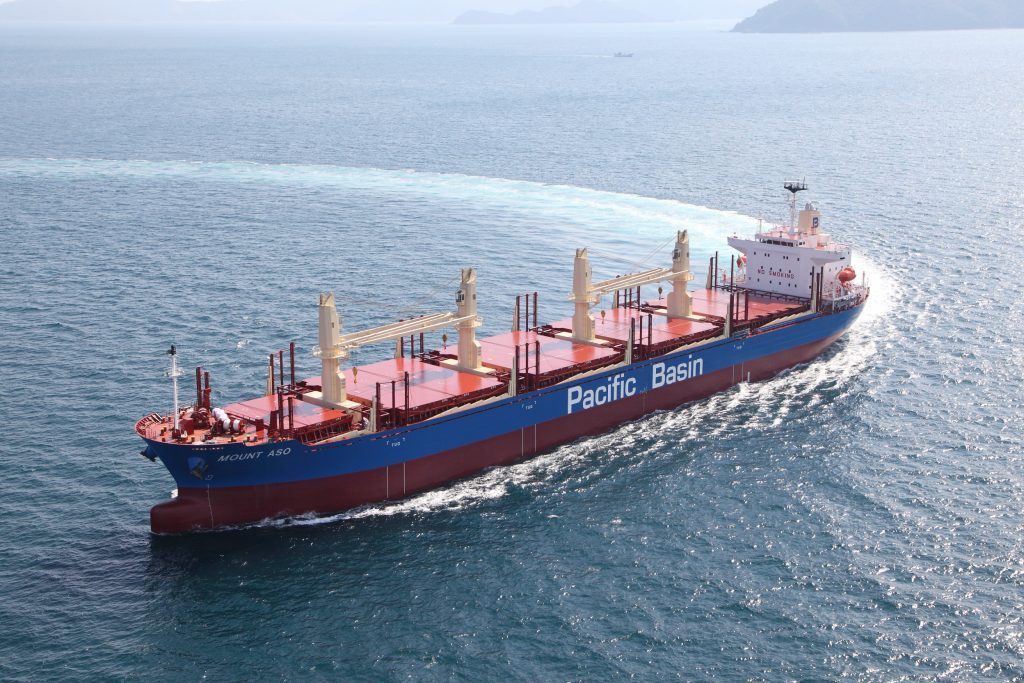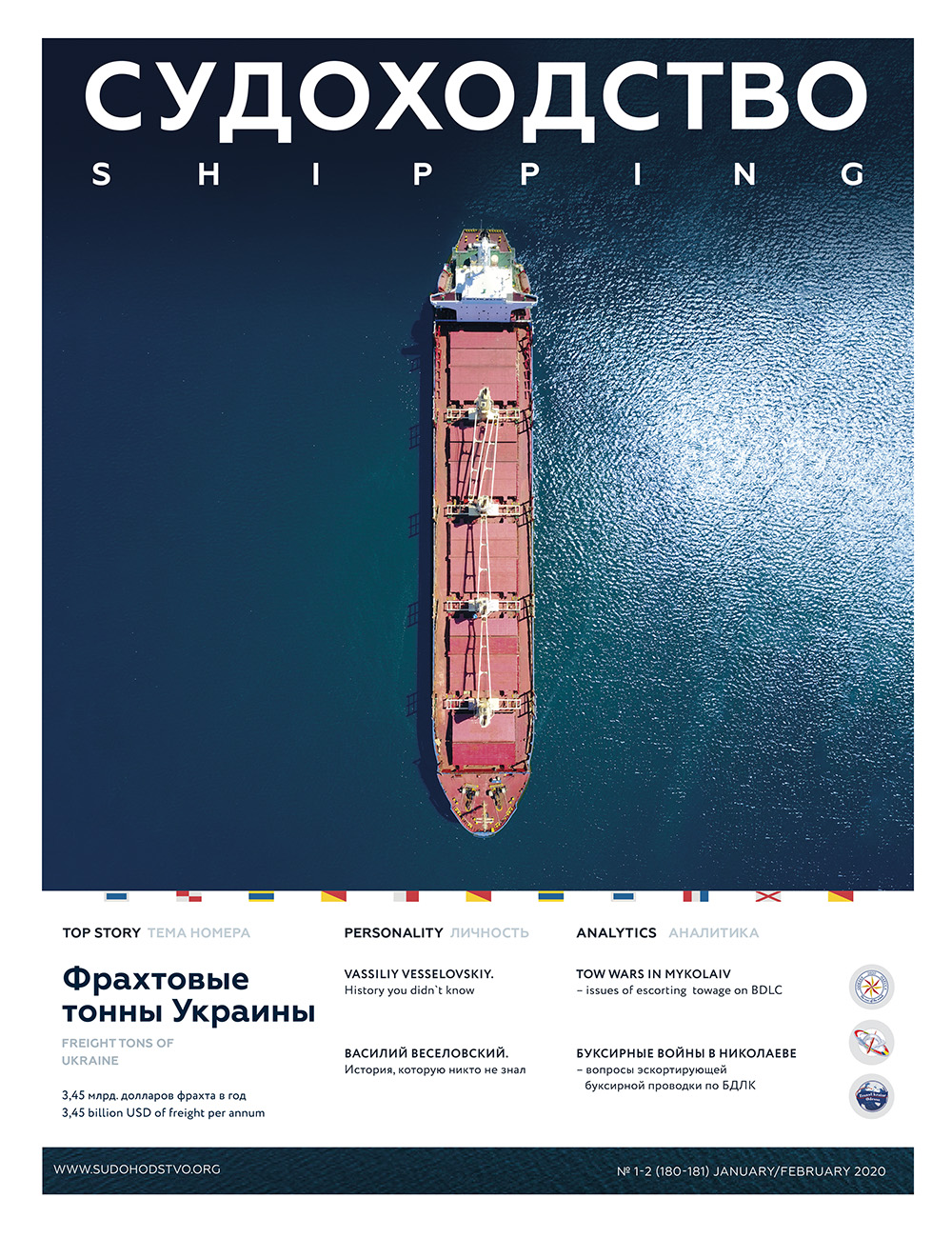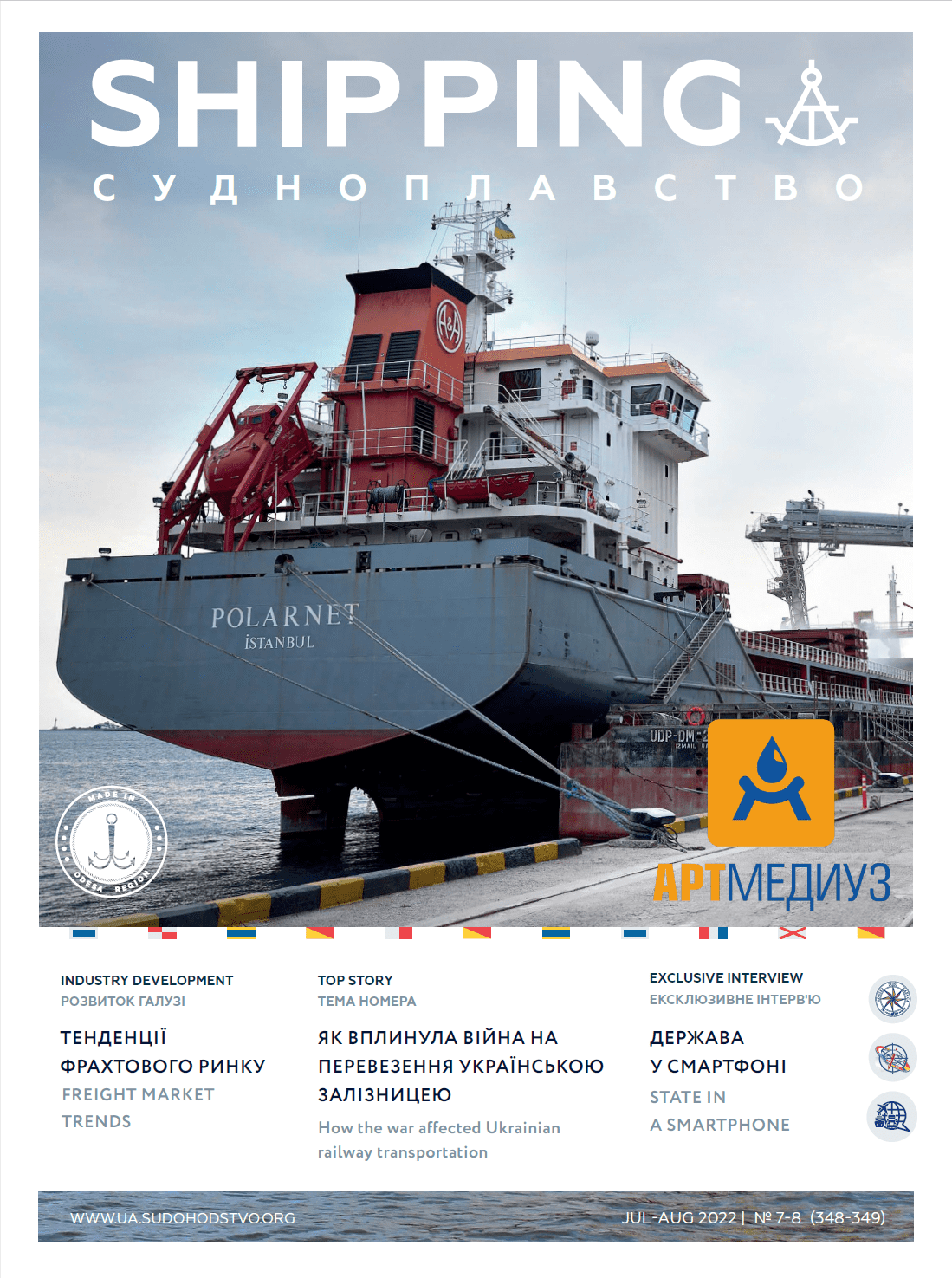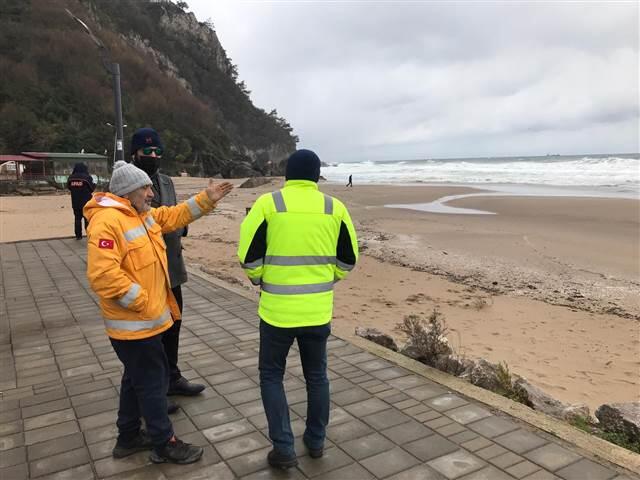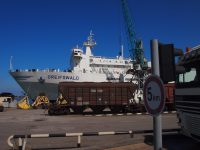In recent years, maritime container transportation has faced significant challenges for all participants in the supply chain. Moreover, this applies not only to the war in Ukraine and our logistics industry — it can be said that the entire world industry of container transportation has been stormed. Starting with the suspension of the work of ports in China in connection with the policy of «zero covid», then followed the «roller coaster» with rates on container transportation, blocking the movement of the container ship Ever Given on one of the busiest transport routes in the world — the Suez Canal, and others.
So, let’s analyze how 2023 affected the industry and what prospects we should expect in 2024.

Pavlo Linnyk
General Director of Global Ocean Link
Volodymyr Guz
Commercial Director of Global Ocean Link
WHAT IS HAPPENING IN THE WORLD
When we consider the transport and logistics industry of Ukraine, it is worth looking at it also in terms of the global dynamics of trends. So, as early as April of this year, according to data from the analytical company Sea-Intelligence, the punctuality of carriers in the container transportation sector increased by 26% compared to last year.
According to the management of the company Global Ocean Link, last year the industry «reached its bottom» in providing the service, because only one in three vessels arrived on schedule. However, subsequently, in February 2023, the global reliability of the schedule increased by 7.7%, which allowed it to reach 60.2% on this indicator — the highest value in many years.
But before we had time to enjoy the service from container lines, the situation in the Middle East worsened. The trade route to Europe from China through the Suez Canal is used to transport about a third of the world’s cargo in containers. And the use of detour routes through the Red Sea increases costs and terms — using the route around the Cape of Good Hope requires additional fuel costs, increases delivery times by 35-40 days and causes a lack of space on ships, because empty containers needed for Chinese exports may get stuck. By the way, container lines are already reducing the number of ship calls. This will also cause an increase in cost.
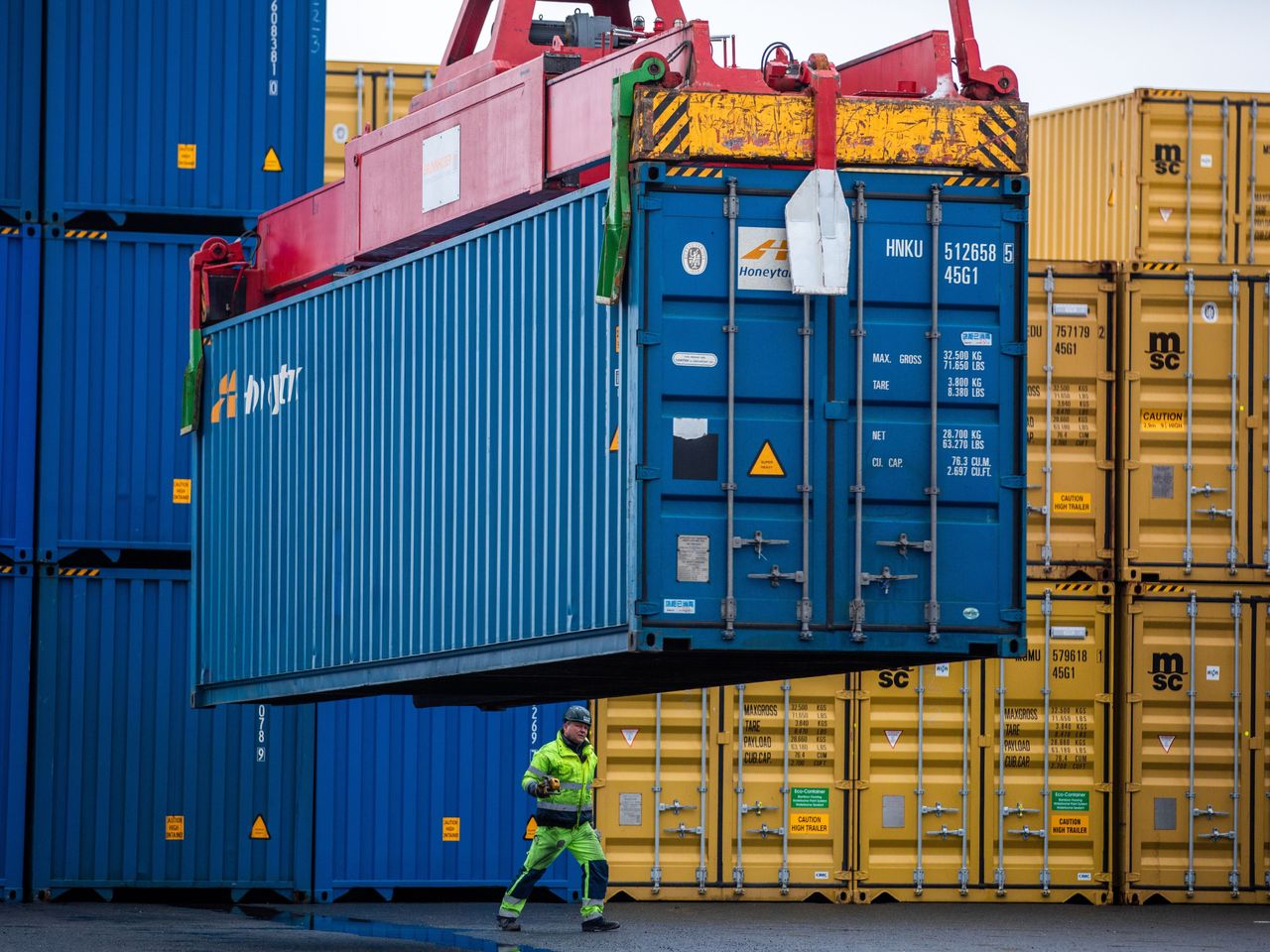
CONTAINER TRANSPORTATION IN UKRAINE
Due to the armed aggression of the Russian Federation, sea container transportation was completely blocked from the very beginning of the war until now. And, probably, they suffered the greatest losses, because the transportation of other goods by sea was restored literally a few months later thanks to the Danube ports, and then the so-called «grain corridor» began to work, and finally, the humanitarian corridor is now gaining momentum. And the shipment of container cargo from the ports of Velika Vody is still in question, although there is still some light at the end of the tunnel.
The ports of Izmail and Reni have taken on a heavy load since the beginning of the full-scale war, when the ports of Greater Odessa were blocked. And practically in the fall of 2022, the service of container transportation on barges from the Danube ports was already launched. Despite the sufficiently calm functioning of the Danube ports for almost one and a half years, starting from the fall of 2023, the enemy began regular drone attacks — trying to destroy the port infrastructure, due to which, in particular, the Orlovka — Isakcha ferry crossing was suspended several times. Therefore, the strengthening of anti-aircraft defense has become urgent in this direction as well.

INDUSTRY IN FIGURES AND TRENDS
Also, according to Global Ocean Link, it is worth noting the following important trends and indicators in the functioning of the industry:
- After the termination of the operation of the grain corridor, there was an increase in the demand for the transportation of grain crops in containers. Also, there is an increase in the share of shipments of small productions for export, so it is worth noting the effectiveness of state programs to support exports.
- In September-October of this year, the schedules of sea container transportation were evened out. There was a sharp surge in demand for the shipment of grain crops from Ukraine, because the prices contributed to this. It is about container exports. This is not least due to the fact that Ukraine greatly influences the world prices for sunflower oil, sunflower, rapeseed oil, rapeseed, rapeseed meal, wheat, and peas.
- In some places, freight rates from Europe to the USA have fallen, because the trade needs to be closed. This affected the financial trends of this market segment.
Ukrainian logistics has largely felt the consequences of when ports are blocked and shelled, but to this was added the blocking of borders for trucks by neighboring states. In this context, the railway shows itself as a much more stable mode of transport, the transportation of which can be better planned. Even the example of a counter-trailer train from Ukrzaliznytsia, which used Ukrainian trucks to go to Poland, is very telling. Therefore, hope for the railway will be sustainable in terms of container transportation.
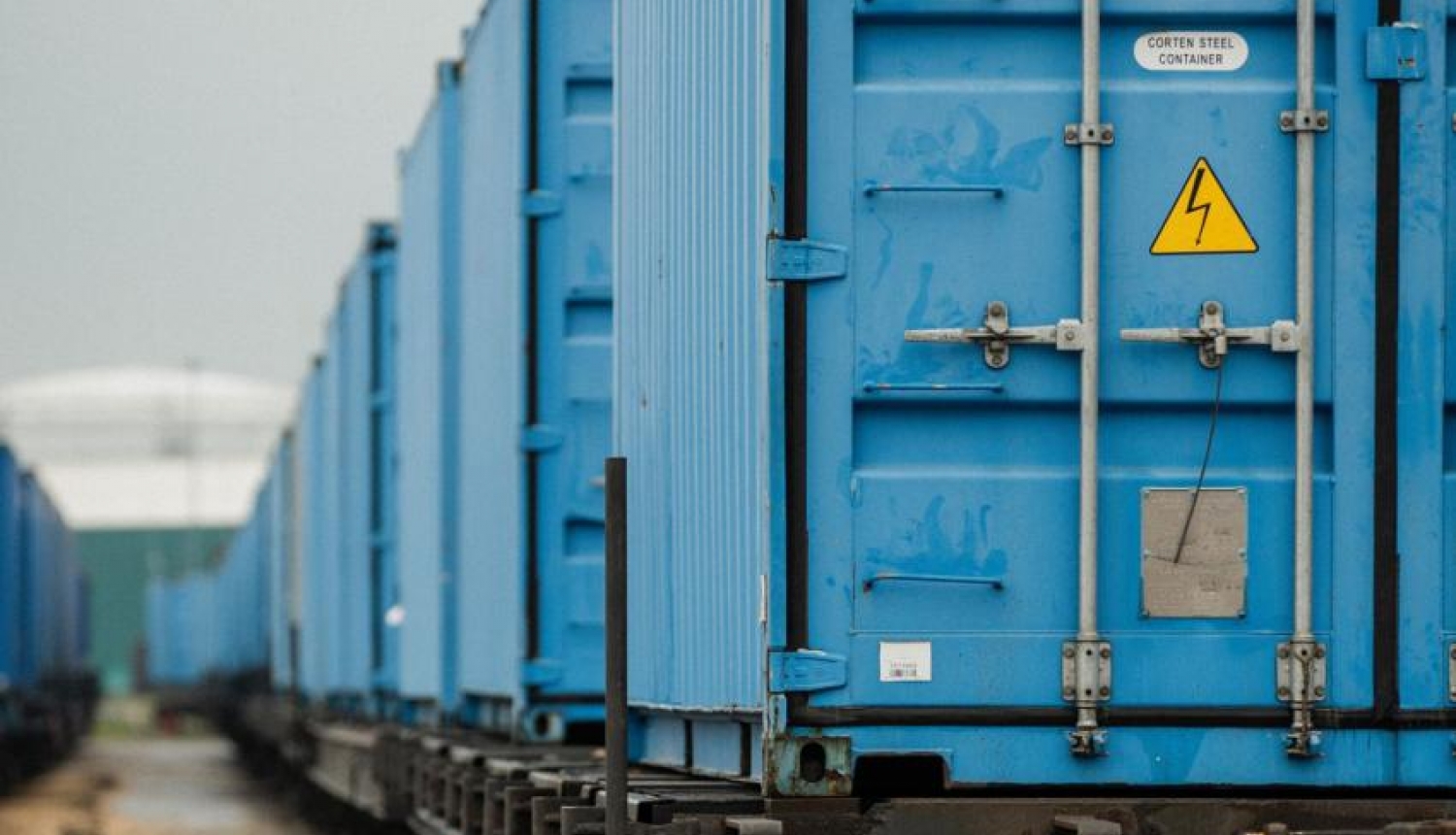
If we talk about the structure of cargoes, the key ones are grain and oil crops and other products exported by Ukrainian agriculture. Fertilizer transportation, for which containers are widely used, is also in demand. Metal products, ores, food are also popular export goods. Of course, this list is not limited to the given examples.
As already mentioned, the blockade of the border in Poland affected the infrastructure processes in Ukraine. Yes, most of the imported containers were blocked. The problem of the imbalance of the void in Ukraine became even more acute, because exports could not be exported. One of the ways out of the situation was the organization of direct container trains from Poland, which went to Ukraine, loaded and took the empties there.
It is also worth mentioning the delivery of overloaded goods, which involves changing wheel pairs. It is about the famous narrow-gauge railway of the EU countries. Ukrainian carriers are very adapted to this, because they regularly work in this format, and the processes themselves are properly adjusted.
In order to move from these examples to the general trend, it is worth analyzing the interaction of Ukraine with other states in this field, it is worth paying attention to the numerical indicators of the share of imports and exports. So, in terms of import, they are as follows:
- 60% Poland
- 20% Romanian ports
- 20% Reni (Danube region)
As for export, its share is expressed in the following indicators:
- 45% Romania
- 45% Poland
- 10% Reni (Danube region)
Therefore, from all of the above, it can be concluded that the demand for container transportation by rail will remain. Therefore, Ukrainian transport and forwarding companies and other market players should not only constantly adapt their work to the changing conditions of wartime, but also keep their finger on the pulse of world trends.
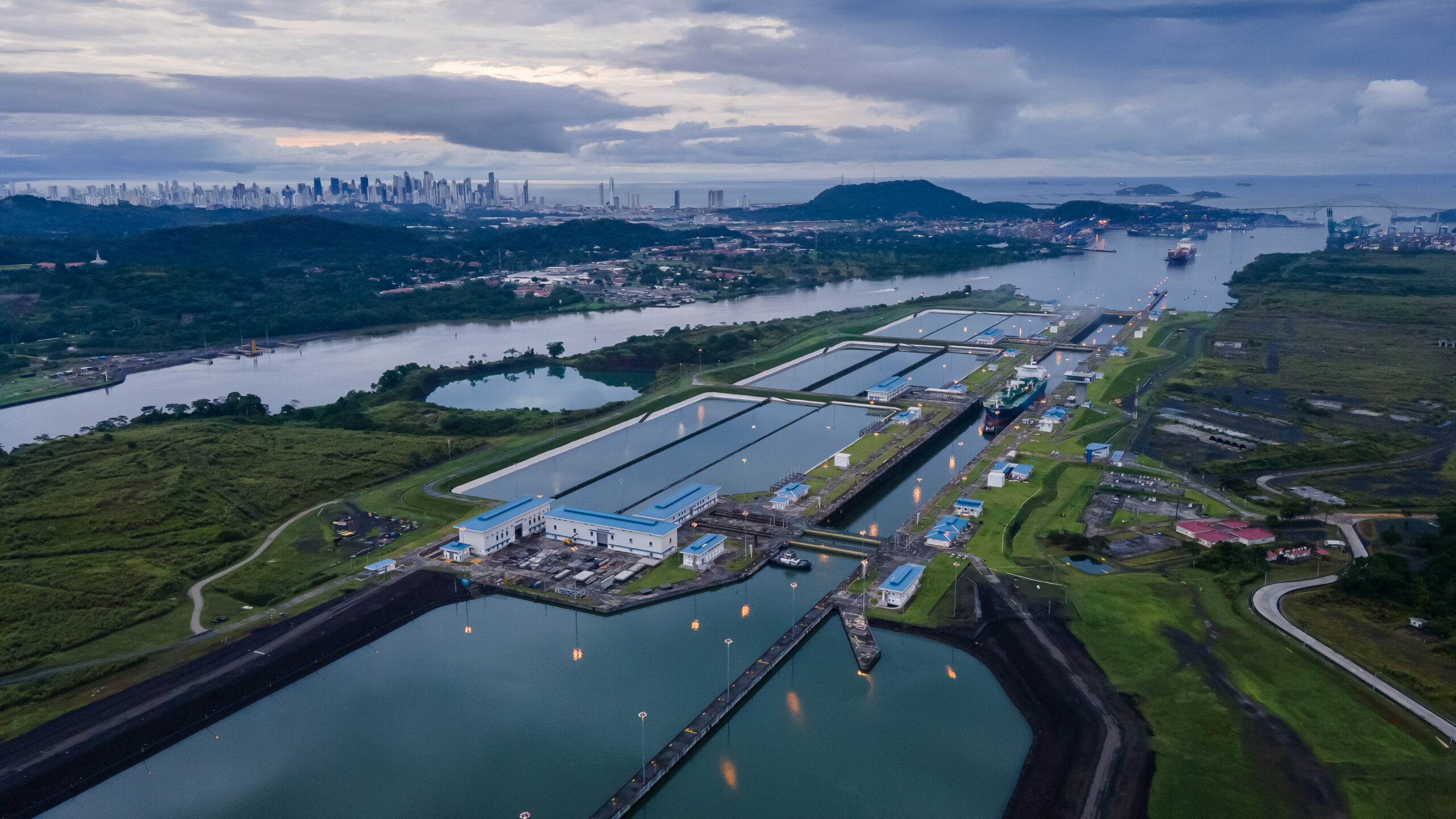
FORECASTS FOR 2024
Here, in addition to the trends listed above, it is worth paying attention to the opinions of experts. For example, Flexport’s vice president of global shipping, Nerijus Poskus, believes that the Panama Canal crisis could affect US importers in terms of transit time and cost.
Container lines are under intense pressure. This, in turn, leads to the cancellation of more flights. Despite low freight rates, concerns about import delivery delays are quite large and well-founded. There is also a threat to shipping in the Bab-el-Mandeb strait.
World experts pay great attention to the case of the ILA (International Association of Coastal Workers) and a possible strike in US ports. It is about the date of October 1, 2024. Although that is still a long time away, if the causes of the strike are not addressed, it could lead to a global disruption of supply chains.
If we return to the forecasts of the Ukrainian context, it is possible to restore container and ferry connections with the ports of Greater Odessa. Here it makes sense to start a feeder connection, we can be talking about vessels for transportation of up to 1000 TEU. So let’s hope that Ukrainian logistics, despite the difficult realities of the war, will continue to develop and strengthen the economy of Ukraine, contributing to the export of our goods and raw materials to international markets.
HOW TO BUILD AN EXPORT ACTIVITY
In order for the export of enterprises to function properly and efficiently, it is important to diversify your logistics solutions. And to put it in the language of a well-known aphorism — don’t keep all your eggs in one basket. Different transport solutions are needed, as well as the use of several warehouses. This is related to the risks of war, which should be understood and minimized, so as not to face large-scale losses later.
In this context, the concept of the BANI world (Brittle Anxious Nonlinear Incomprehensible world) becomes very relevant. It is about the concept of a new disturbing reality, where everything can suddenly break. And the stronger the illusion of stability, the bigger the future disaster can be. This absolutely does not mean that you just need to wait for disasters. Such a position would paralyze any actions and development. But determining your real share of influence in each situation is a good decision.
If we cannot fully control the circumstances, we must understand the degree of our objective influence on them. For example, it can be risk reduction, diversification, calculation of alternatives, development of clear criteria for the selection of partner enterprises for strategically significant cooperation. All this is extremely relevant for all companies in Ukraine, in particular the transport and logistics sector, because every serious decision affects their adaptability to unstable market conditions.
